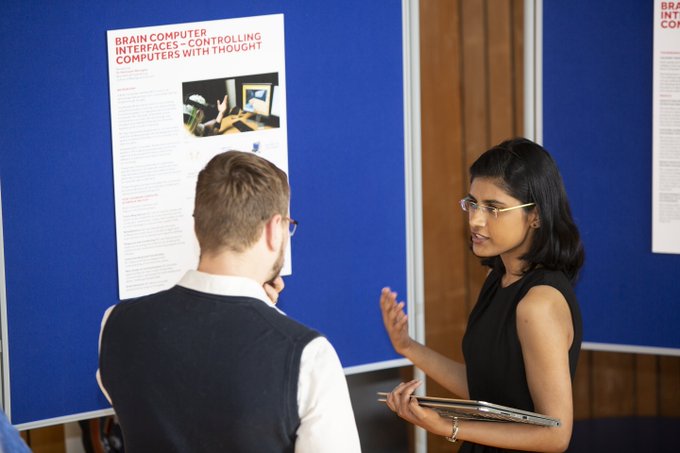Experts believe that the introduction of the digital rupee will see India zoom into a Web3 future, fueled by blockchain
(February 4, 2022) India has taken the first humble step towards adopting new-generation technologies in its quest to become a $5 trillion economy. In her budget speech, India’s finance minister Nirmala Sitharaman announced the arrival of a block-chain-based digital currency which will be issued by the Reserve Bank of India. As part of her announcement, she said, “The introduction of digital currency will lead to a more efficient and cheaper currency management system. It is therefore proposed to introduce digital rupee using blockchain and other technologies to be issued by the Reserve Bank of India, starting 2022-23.” While this statement was followed by a slightly dampening announcement to tax cryptocurrency income by 30 percent, blockchain and cryptocurrency experts believe that it is a step forward in embracing new-age technologies, and India’s early-mover advantage in adopting a Web3 way of life.
The union budget of 2022 confirms more crypto adoption on the way as it presents fine-tuned clarity on the crypto landscape. There will be a sensational boom for cryptocurrency as more emerging investor classes begin to recognise the potential of it, leading to more blockchain innovations KUNAL BAHL, founder, Snapdeal
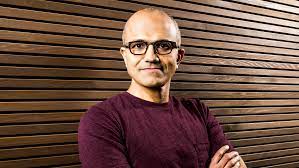
Satya Nadella, CEO, Microsoft
The blockchain and Web3 love story
Web3 is essentially the future of the internet, one that is much more open, transparent, and hands back ownership to lay users. The current scheme of internet – Web 2.0 – blends commerce and computing, where biggies like Google and Amazon deploy complex algorithms to understand your surfing behaviour and tie-up with brands and retailers to push relevant ads, a Web3 way of life will let users choose who can view their data. In short, it democratises and decentralises the internet. Most importantly, Web3 is built entirely on blockchain, which is currently the most effective and secure way of data management. So, how does the announcement of the digital rupee really pave the way for India adopting Web3 widely? Global Indian explores.
Better career opportunities
Blockchain and cryptocurrency expert Neel Neeraj explains, “The fact that Web3 is based on blockchain, and cryptocurrency is the most recent success story of blockchain, sends out a clear signal that India is taking blockchain seriously. The digital rupee will be a good starting point to explore other applications of blockchain, such as Web3 development. One, it will open up career opportunities in crypto, blockchain, and Web3, while also providing the impetus for start-ups to undertake targeted innovation. Overall, it’s a good sign.” Neel, over the years, has incidentally helped e-learning companies’ device internationally recognised syllabi around blockchain applications.
India’s Web3 contribution to the world
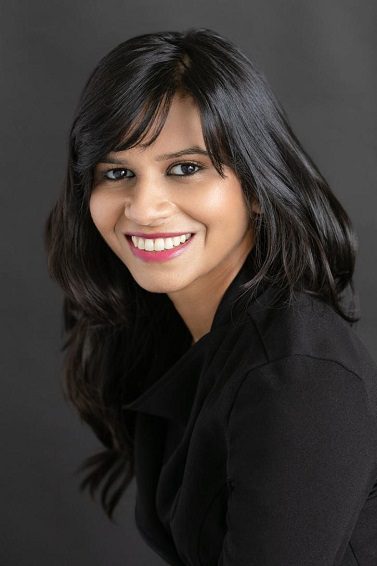
Suruchi Gupta, CEO, Giant Protocol
Indian innovators across the globe are already creating solutions that leverage blockchain for a Web3 future. Recently, young start-up founder Suruchi Gupta announced the introduction of a new protocol that can power Web3 development. “My company, Giant Protocol envisions a future where the internet is not a monopoly of a cosy set of global corporations, but a democratic and open one where every user is a stakeholder. Your internet bandwidth is your biggest asset, and we are working towards tokenising it virtually with incentives along the way,” explained founder Suruchi Gupta. Giant Protocol indeed ticks all the boxes for seamless Web3 development – ownership of users, control of users, and incentivising the users, all while maintaining the highest standards of security due to blockchain.
The figurative Sundar Satya of Web3
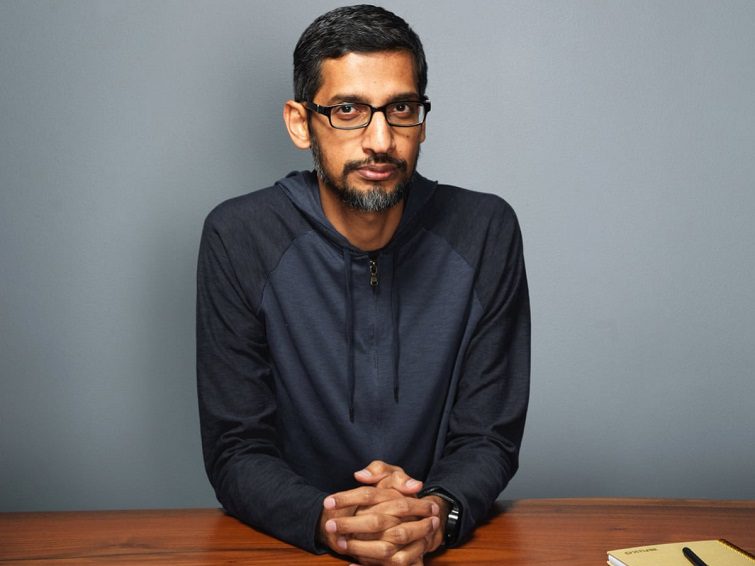
Sundar Pichai, CEO, Alphabet
At the brim, it does seem like Web3 will be a rebellious dream of anti-corporation individuals who want to create an alternate system of virtual computing, but the strange truth is that the corporations themselves are all for Web3. A few days ago, Sundar Pichai, CEO of Alphabet Inc made a bold statement, “Any time there is innovation, I find it exciting. I believe Web3 is something we want to support as much as we can.” During this year’s earnings call, Pichai also acknowledged that many of his Silicon Valley partners are excited about Web3, and that his own company is looking for ways to innovate and add value, in the coming weeks. Incidentally, one of Sundar’s Silicon Valley friends is his Padma Bhushan companion and head of Microsoft, Satya Nadella, who is currently also busy in creating 3D digital avatars of Microsoft Teams, which he hopes will transition to a Web3 world soon.
Crypto leading the way
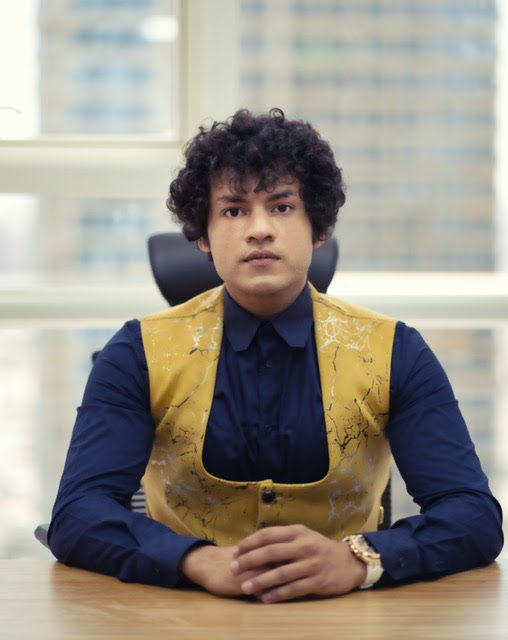
Abhay Aggarwal, CEO, Colexion
Somewhere down the line, the impetus provided by the finance minister’s announcement of Crypto adoption will surely lay a red carpet for auxiliary innovation to follow. No wonder blockchain experts are gung-ho about the future. As Abhay Aggarwal, founder and CEO, Colexion, a blockchain-based NFT marketplace solution provider says, “Cryptocurrency seems to have caught the government’s attention after the finance minister recognised the currency as virtual digital assets. The highlight of the budget for me is that India will be launching its own digital currency by next year. It’s a historic move as people are finally clear that digital currency is here to stay and can make a rational choice while investing in cryptocurrency. I hope this catches on and banks, too, start getting involved with the crypto industry as well.”
This sentiment is echoed by Kunal Bahl, the co-founder and CEO, Snapdeal as well. “This is truly a digital revolution budget. We welcome
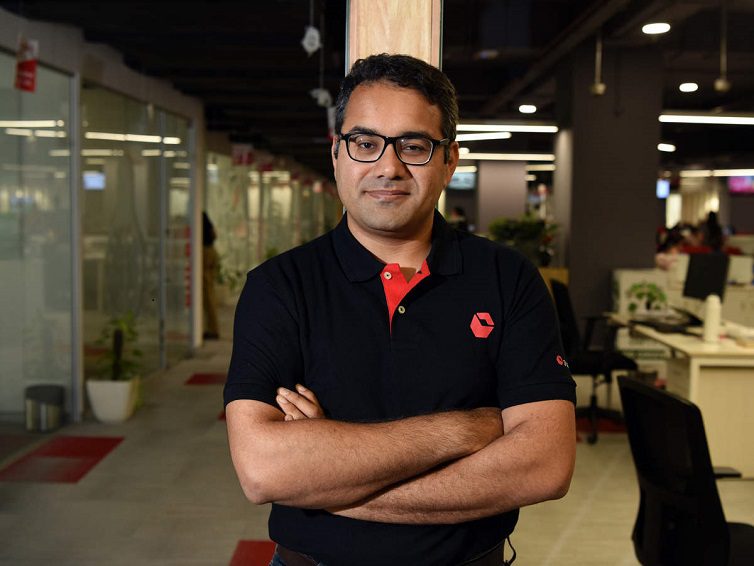
Kunal Bahl, CEO, Snapdeal
the government’s emphasis on creating new digital touchpoints to empower multiple aspects of our society and supercharge the start-up ecosystem. But it is MO Akram, Ideator at MetaSpace, and blockchain trainer that articulates this perfectly, “The union budget of 2022 confirms more crypto adoption on the way as it presents fine-tuned clarity on the crypto landscape. There will be a sensational boom for cryptocurrency as more emerging investor classes begin to recognise the potential of it, leading to more blockchain innovations.”
Cheers to blockchain, and a Web3 future ahead…



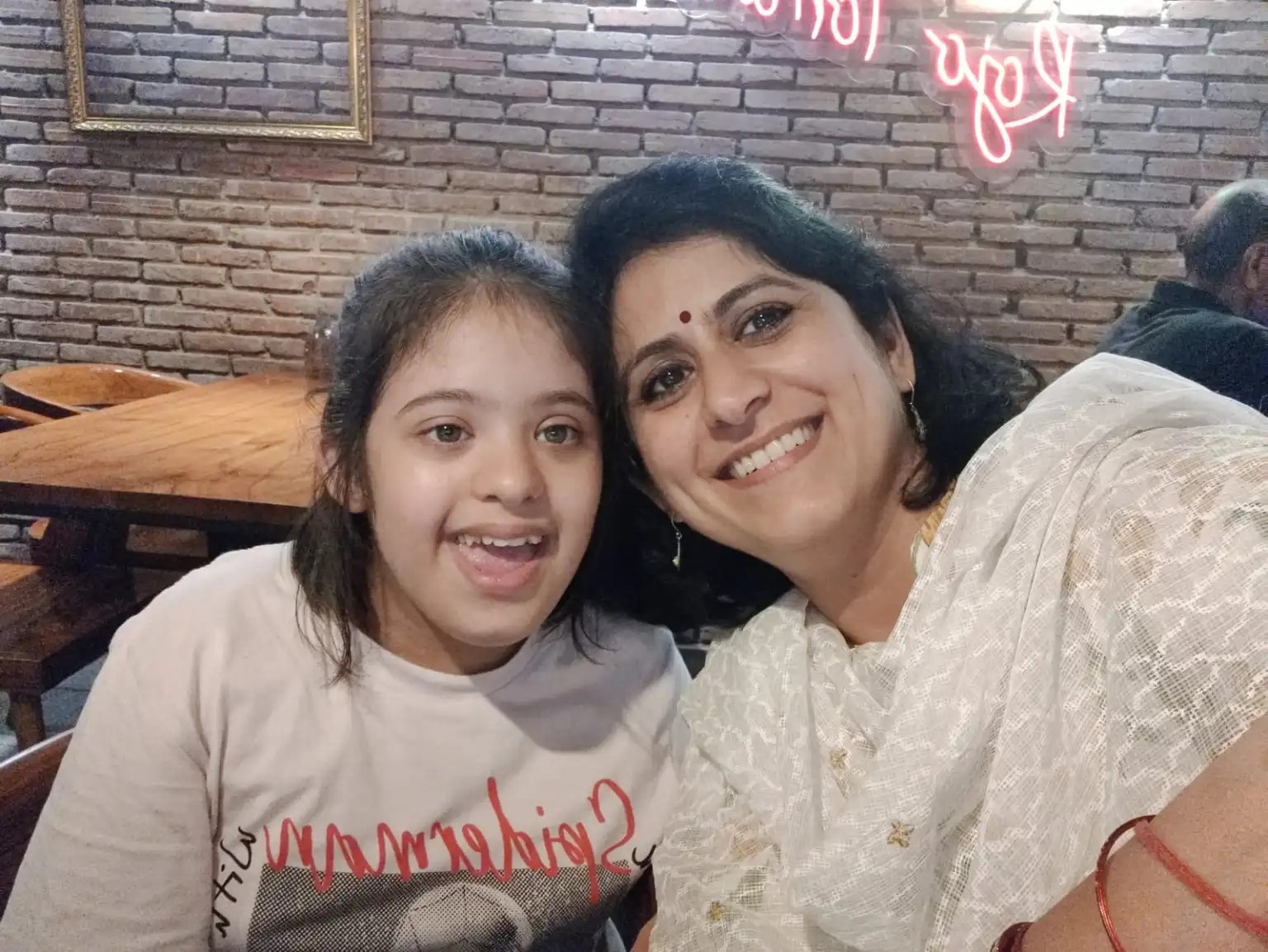 Shivani Dhillon and her daughter, Shreya[/caption]
Shivani Dhillon and her daughter, Shreya[/caption]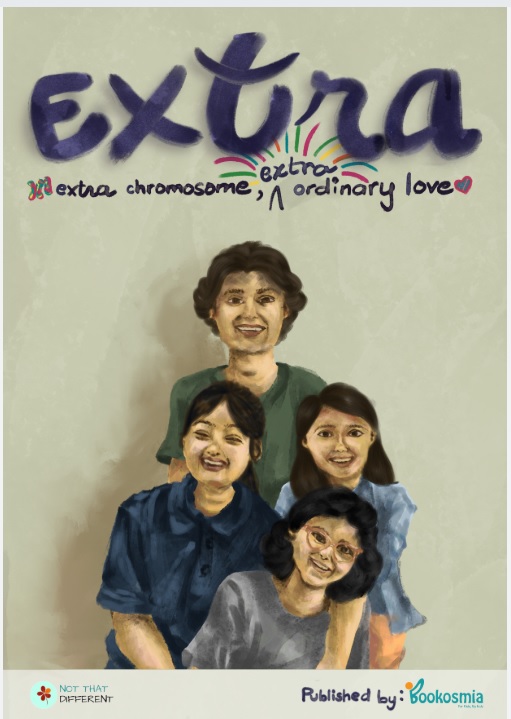
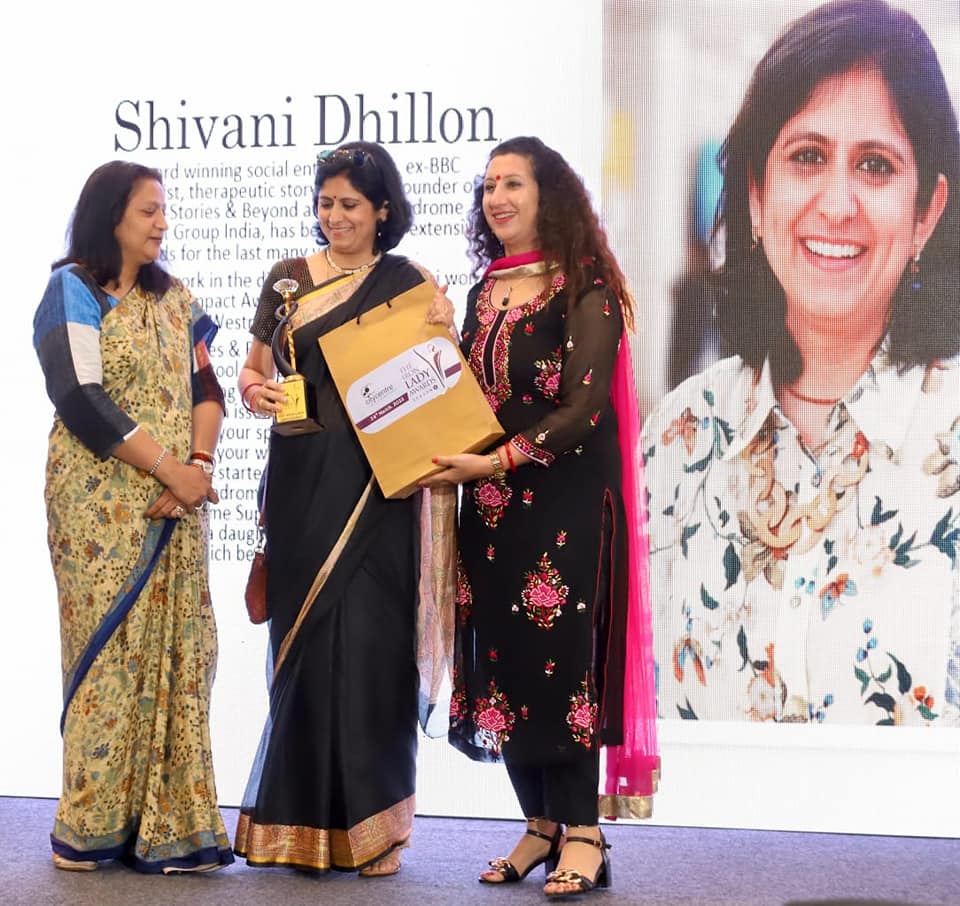

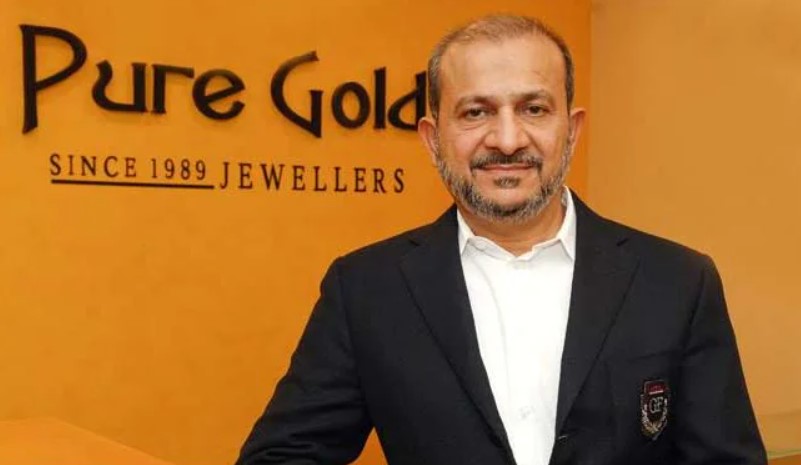 Firoz Merchant[/caption]
Firoz Merchant[/caption]
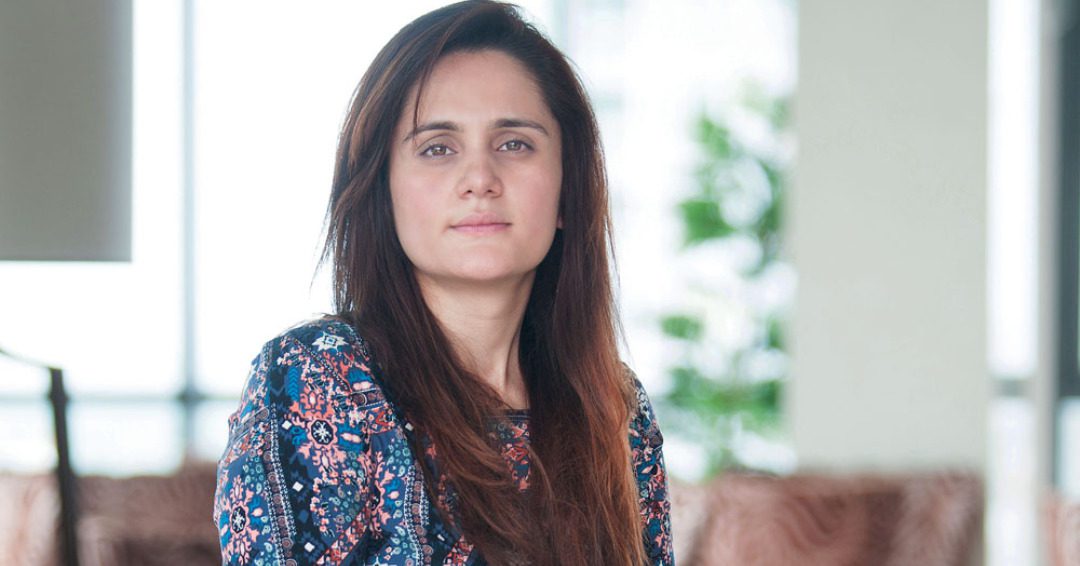

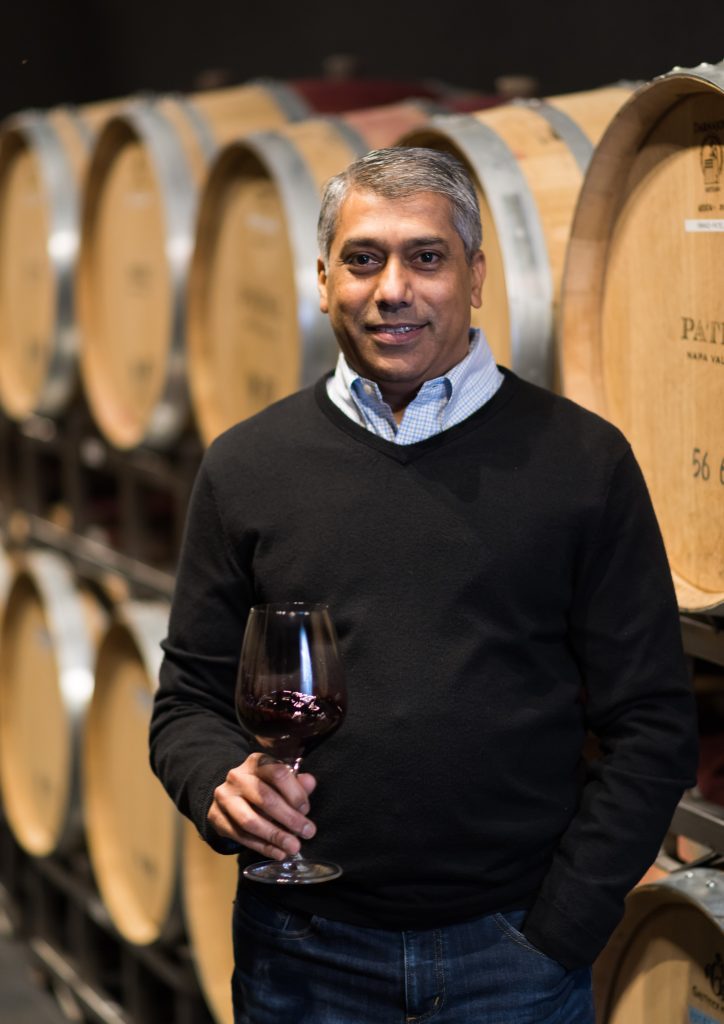
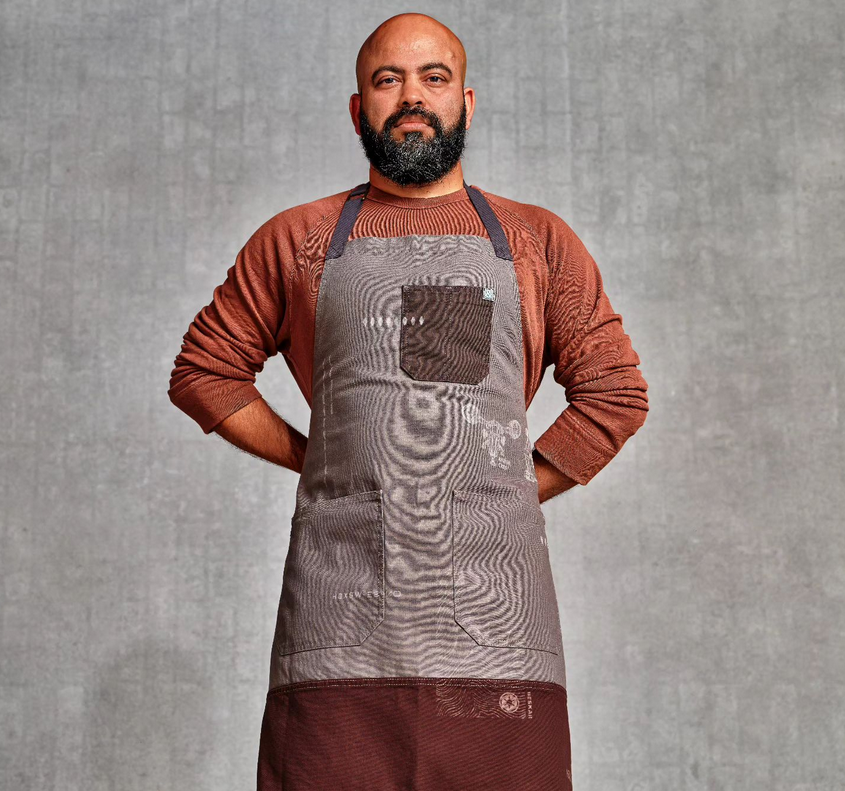 Chef Sujan Sarkar[/caption]
Chef Sujan Sarkar[/caption]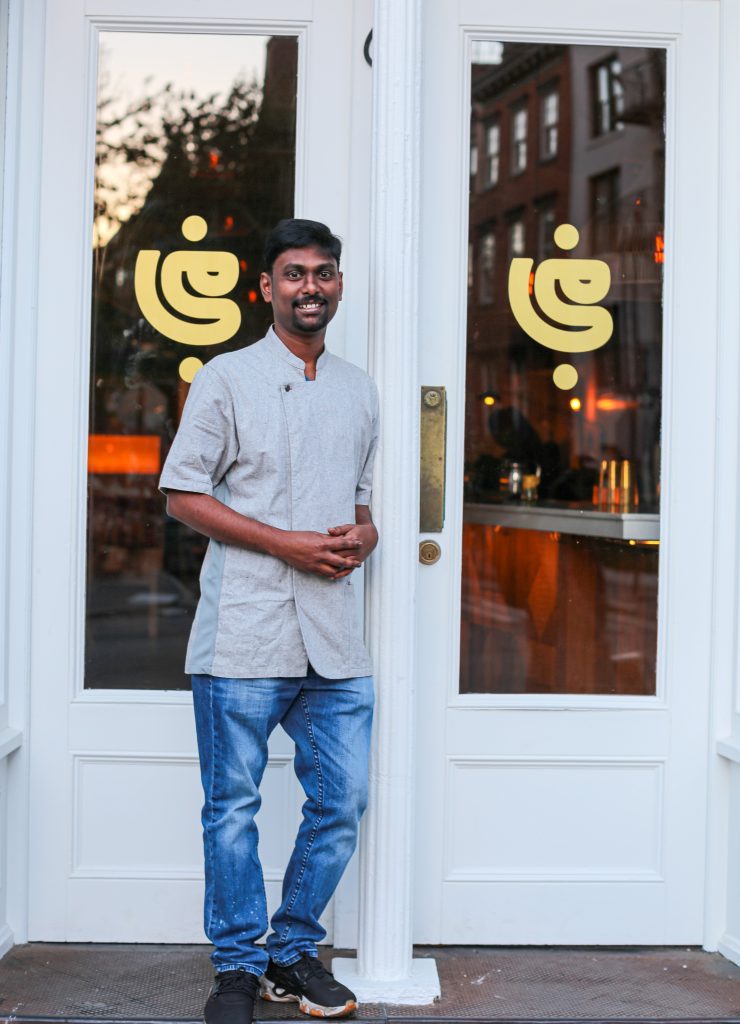
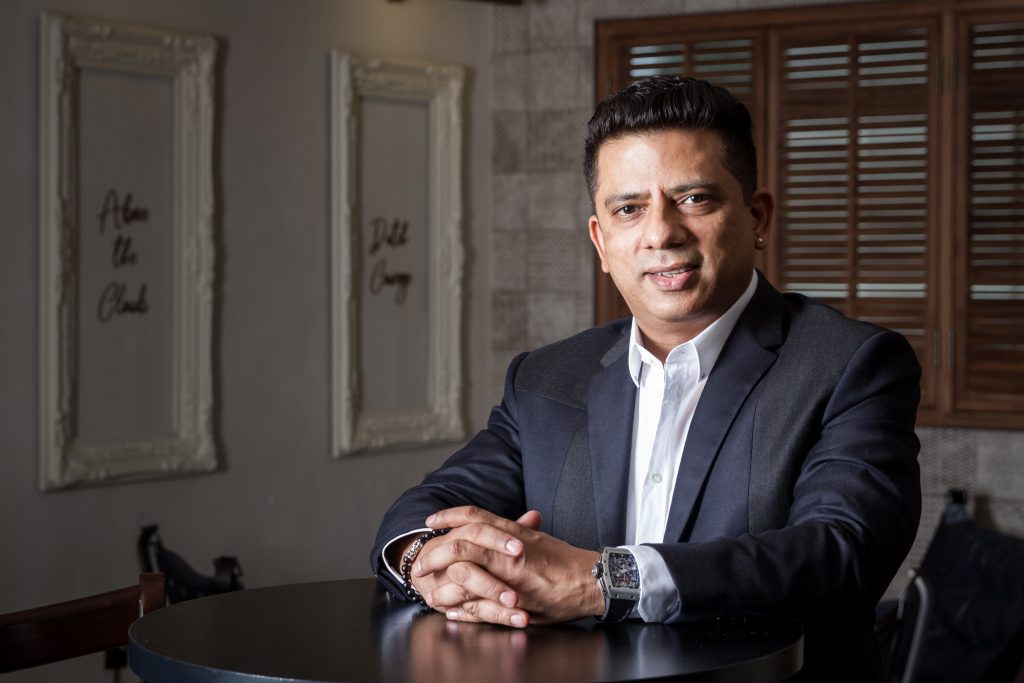 Bhupender Nath, founder Passion F&B, is the brain behind Michelin-starred TresInd, Dubai and TresInd, Mumbai.[/caption]
Bhupender Nath, founder Passion F&B, is the brain behind Michelin-starred TresInd, Dubai and TresInd, Mumbai.[/caption]

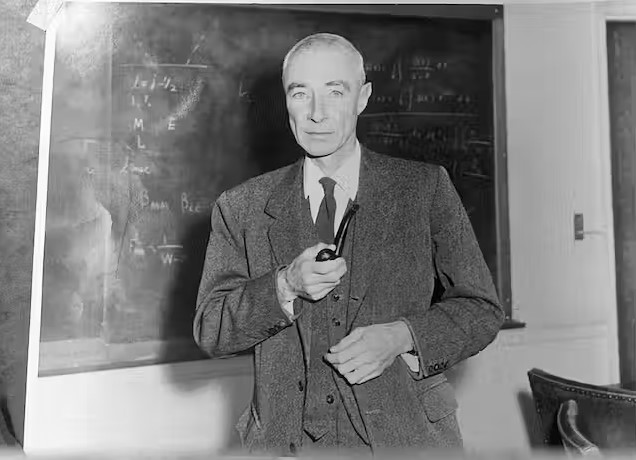

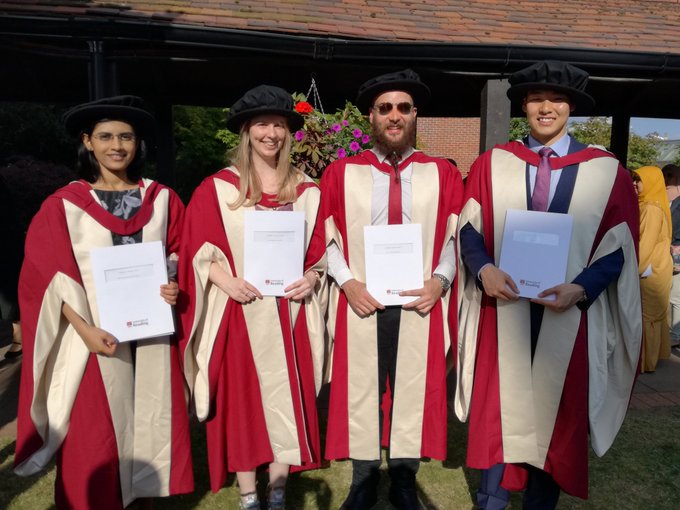 Dr Maitreyee receives her PhD at the University of Reading. Photo: Twitter[/caption]
Dr Maitreyee receives her PhD at the University of Reading. Photo: Twitter[/caption]